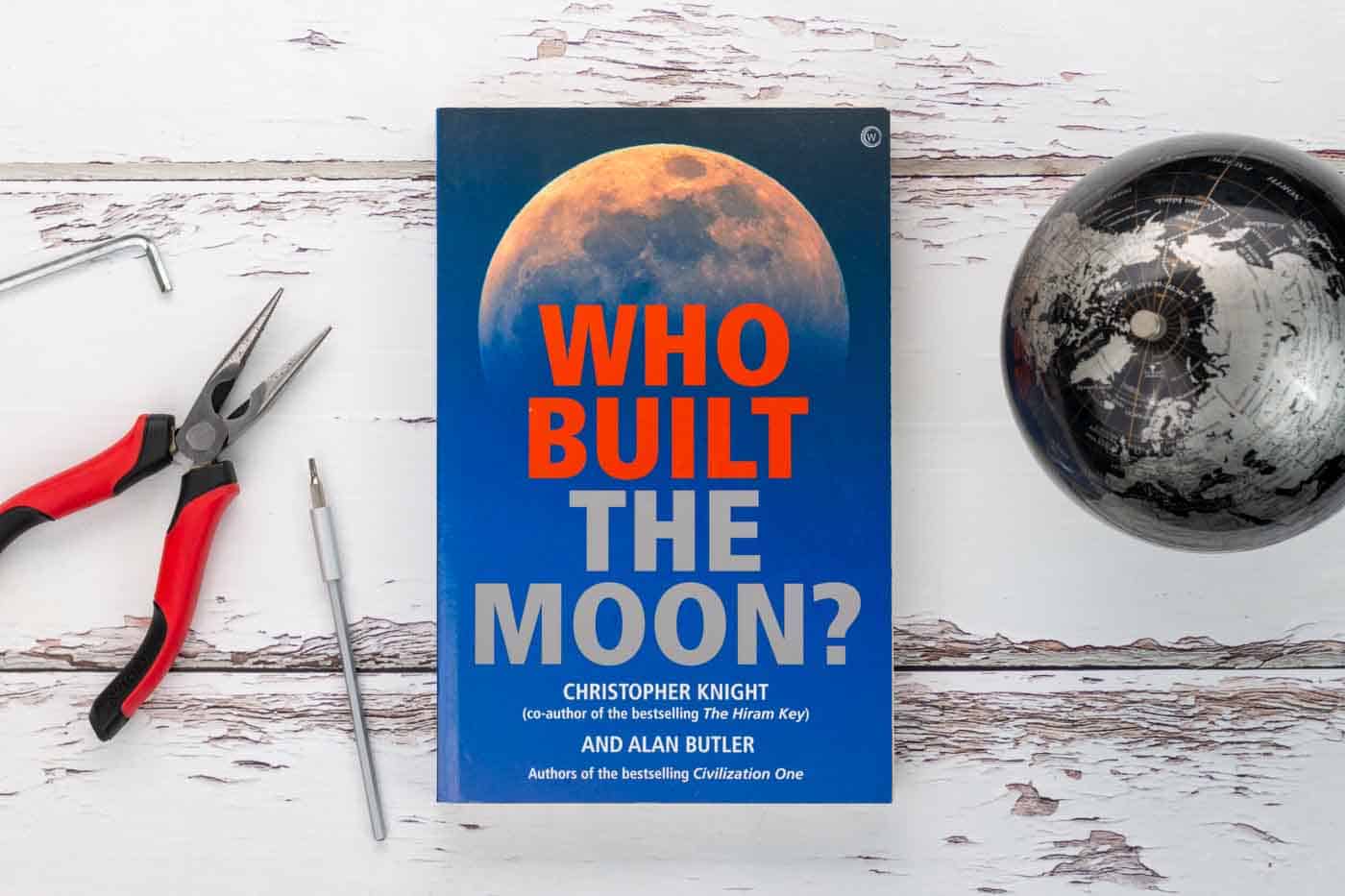Education is Freedom
Paulo Friere
Who Built The Moon?
by Christopher Knight and Alan Butler
“The one inescapable fact about the moon is that it orbits the Earth. It is up there beaming down on us, but according to everything science knows, it shouldn’t be.”
It is perhaps a disturbing and inconvenient truth to some that, upon assessing all the scientific evidence on the nature of the moon and it’s origins, is the inescapable conclusion that the moon cannot be a natural object. To others who are curious about our universe, have a strong desire to truly comprehend the forces that move it and are open to exploring possibilities no matter where the path of discovery may lead, then the information entombed in these pages is a must.
Since the dawn of man the moon has been an object of reverence and mystery. Lunar cycles had been mapped and found to have a profound impact not just on the environment, but also our physiology, biological rhythms and even our moods. Synchronicities with the sun, including perfect eclipses and precise opposing celestial positions on the solstices and equinoxes gave early signs that the moon may not be just a random object in the heavens.
These mysteries have only deepended with modern scientific discoveries, for instance, revealing that a lunar eclipse as perceived from Earth is possible only since the moon is 400 times smaller than the sun and simultaneously 400 times closer to the Earth than the sun. The “coincidences” don’t stop there, and a multitude of anomalies regarding the moon’s characteristics powerfully converge on the realisation that, by all reasonable scientific deductions, the moon is in fact hollow.
Exploring the culmination of scientific discoveries expertly laid out in this book reveals a universe that beckons you to evolve and question everything. You’ll never look at the night sky the same way again.
